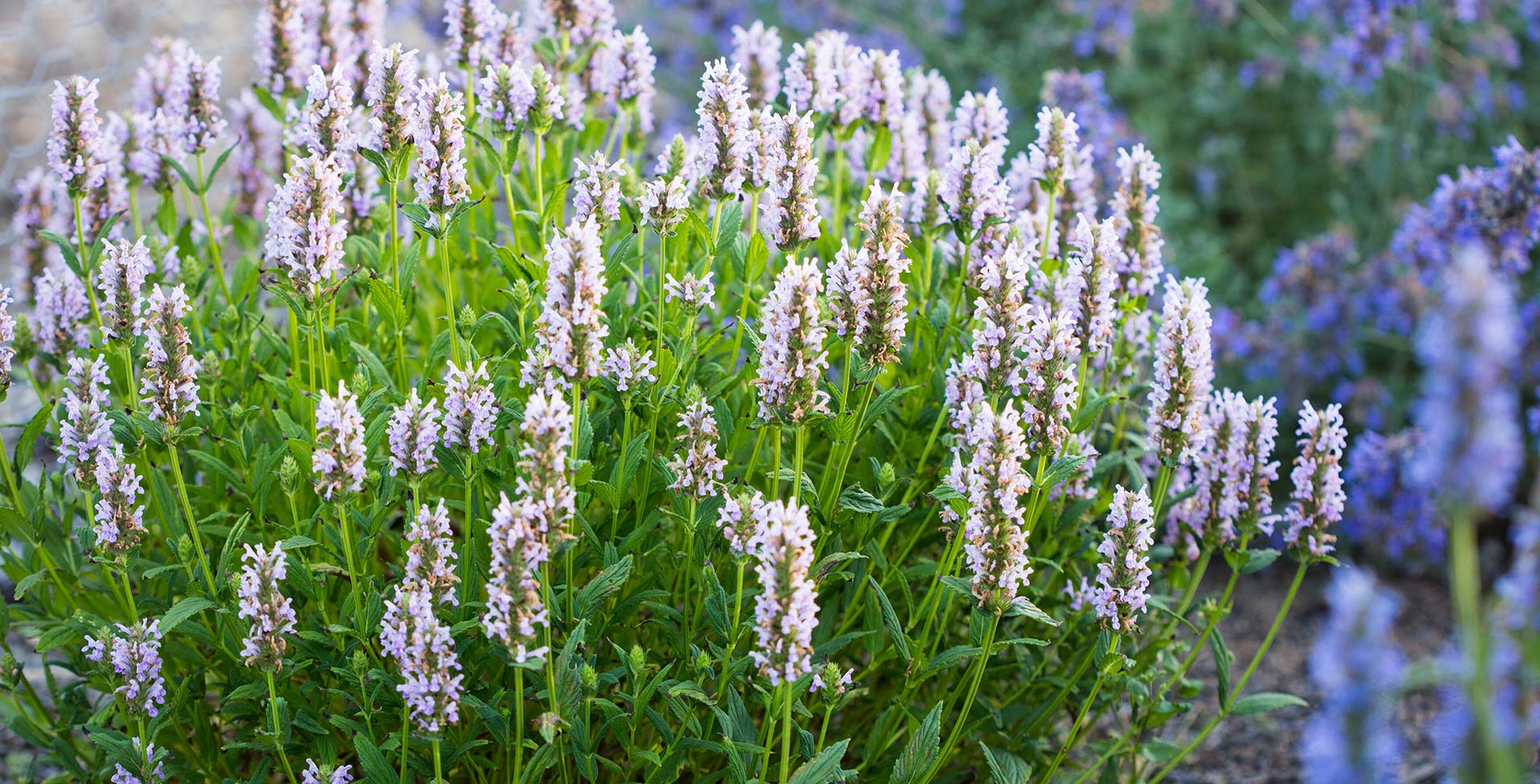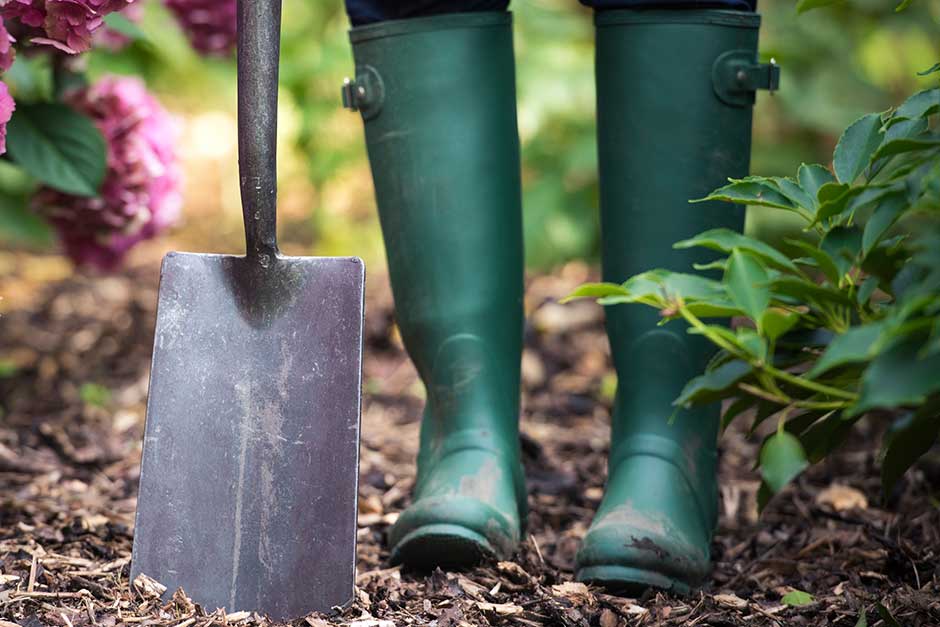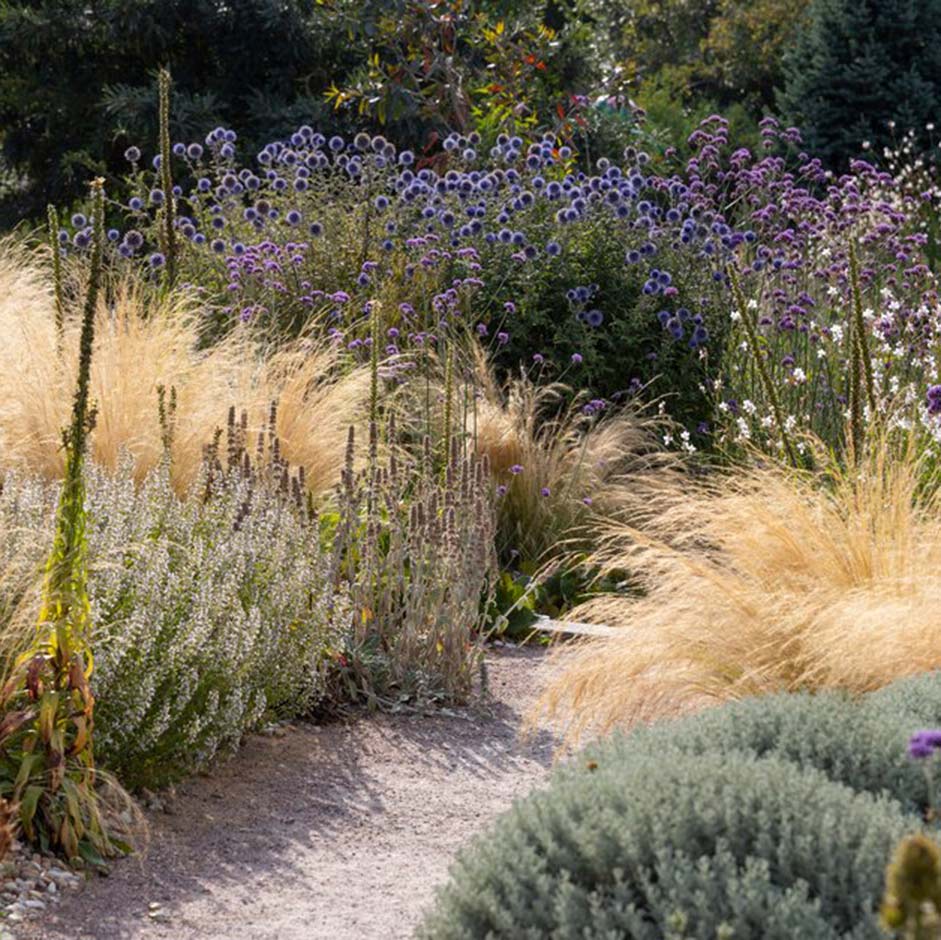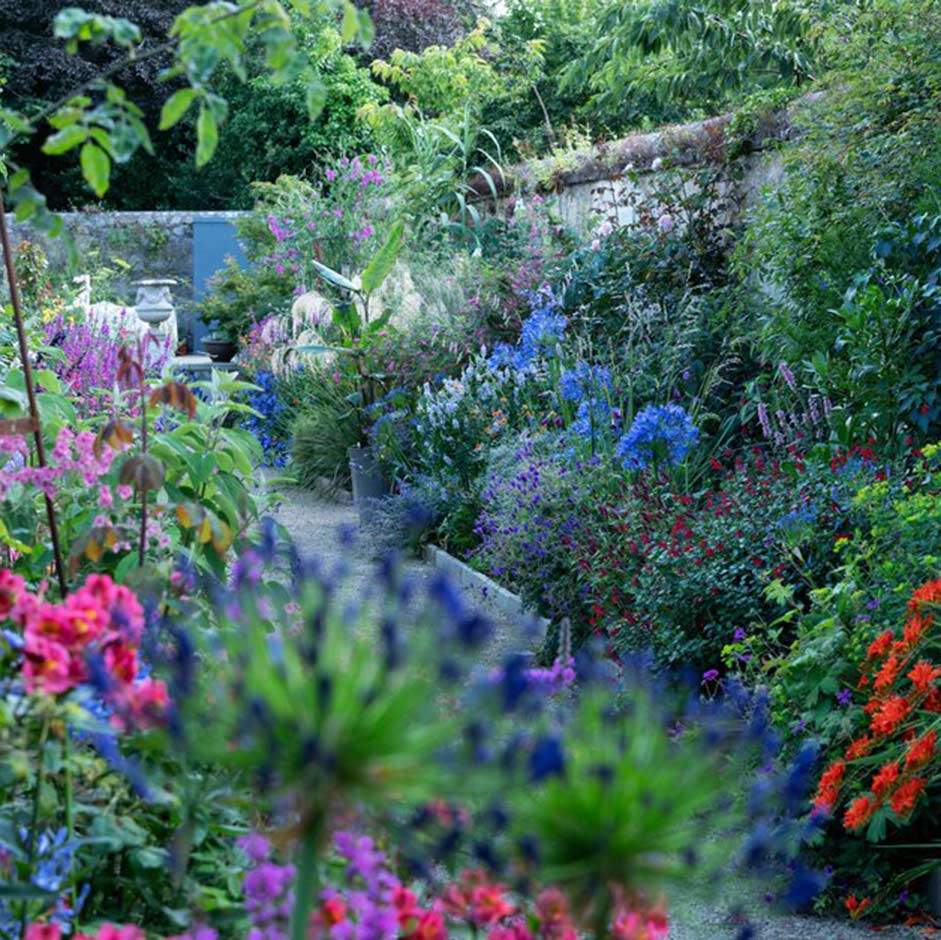
Introducing...
Nepeta
Common name: Catmint
These dependable perennials produce a profusion of usually lavender-blue flowers over a long season from late-spring to late-summer. The tough plants are easy to grow and low maintenance, use them in borders with other perennials or as an informal edging as an alternative to lavender. Trim after flowering to neaten and encourage further flower production.
Looks
Lavender-blue flowers (sometimes white or yellow) are produced in narrow spikes among soft greyish-green leaves throughout summer. The floppy stems of these upright plants splay outwards, which can be useful for softening edges of beds and borders.
Likes
Catmints will grow in any soil that drains easily, ideally in full sun, although Nepeta subsessilus will tolerate light shade. Most catmints thrive in dry soil, but Nepeta subsessilus, Nepeta kubanica and Nepeta nuda do better on moister soil.
Dislikes
Permanently wet soils can cause plants to rot off and die. Plants struggle in deep shade.
Did you know?
The appeal of these plants to cats is well known, and some cat toys are stuffed with dried leaves. While many cats can flatten plants in their excitement, some are more disdainful or just have a little chew.
Growing guide

How to grow Nepeta
All the information you'll need to grow and care for nepetas can be found in the RHS Guide to growing perennials.
Nepeta we recommend
Nepeta × faassenii 'Kit Cat'
garden catmint 'Kit Cat'
- 0.1–0.5 metres
- 0.1–0.5 metres
Nepeta grandiflora 'Bramdean'
catmint 'Bramdean'
- 0.5–1 metres
- 0.1–0.5 metres
Nepeta sibirica 'Souvenir d'André Chaudron'
catmint 'Souvenir d'André Chaudron'
- 0.1–0.5 metres
- 0.1–0.5 metres
Nepeta × faassenii 'Kit Cat'
garden catmint 'Kit Cat'
- 0.1–0.5 metres
- 0.1–0.5 metres
Nepeta grandiflora 'Bramdean'
catmint 'Bramdean'
- 0.5–1 metres
- 0.1–0.5 metres
Nepeta sibirica 'Souvenir d'André Chaudron'
catmint 'Souvenir d'André Chaudron'
- 0.1–0.5 metres
- 0.1–0.5 metres
Useful advice

Gravel gardens

Perennial borders: choosing plants
Native and non-native plants for pollinators
Get involved
The Royal Horticultural Society is the UK’s leading gardening charity. We aim to enrich everyone’s life through plants, and make the UK a greener and more beautiful place.